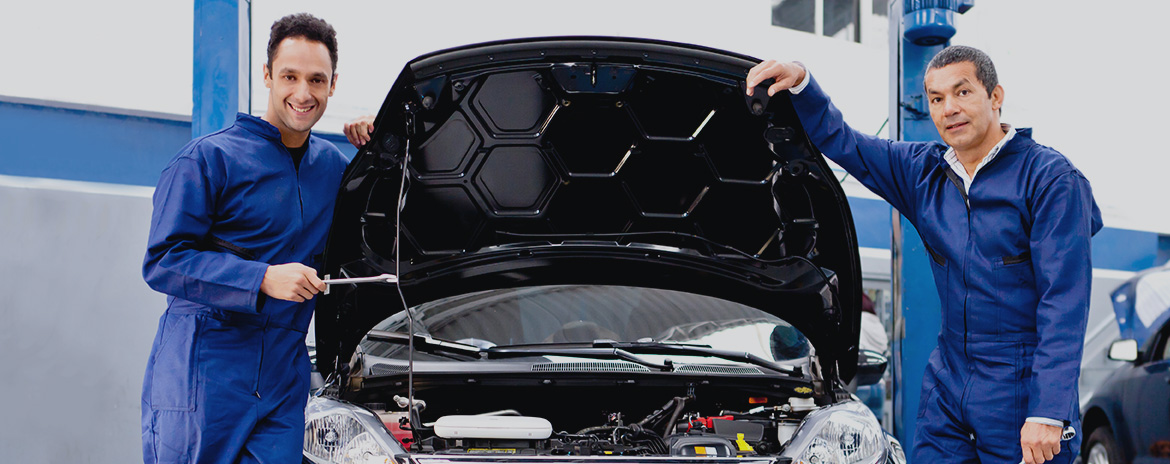
Telling signs of failing CV joints
CV joints are basically intricate ball and socket joints. Their main functionality primarily depends on doing few important tasks. Mainly your CV joints connect the axles to the front wheels.
All front-wheel drive cars have Constant Velocity joints or CV joints on both ends of the drive shafts (half shafts). Inner CV joints connect the driving shafts to the transmission while the outer CV joints connect the drive shafts to the car's wheels. A majority of rear-wheel drive and four-wheel drive cars, as well as trucks, also have CV joints.
The CV joints are essential for transferring the torque from the transmission to the drive wheels at a stable speed. All while employing the up-and-down motion of the suspension. In front-wheel drive cars, CV joints transfer the torque to the front wheels when your car makes turns. There are two most often used types of CV joints: a ball-type and a tripod-type. In front-wheel drive cars, ball-type CV joints are used on the outer side of the drive shafts (outer CV joints), as the tripod-type CV joints are mainly used on the inner side (inner CV joints).
CV Joint problems
A CV joint is filled with a special lubricating grease that is sealed tight within the rubber or plastic boot. That boot is being held in place with the help of two clamps. A CV joint doesn't need a very regular maintenance as it can last very long. Basically as long as the protective CV joint boot itself is not damaged. It's not rare to see a car with over 300,000 miles with its original CV-joints intact...
Though most often the only problem with the CV joints is when the protective boot cracks or gets damaged. Once that happened, the grease comes out and moisture and dirt get in, causing the CV joint to wear faster and eventually stop working as it's intended to. All due to a lack of lubrication and the ongoing corrosion, caused by dirt getting inside the cracks. Usually, outer CV-joint boots break first, as they have to sustain more movement than the inner ones. CV boots are usually inspected during regular car checkups, which we recommend performing yearly. Your mechanic will look for cracks, tear-ups, and other damage and will surely find it if it's there!
Comments:

Million thanks! I knew that the clicking sound was not a good sign...